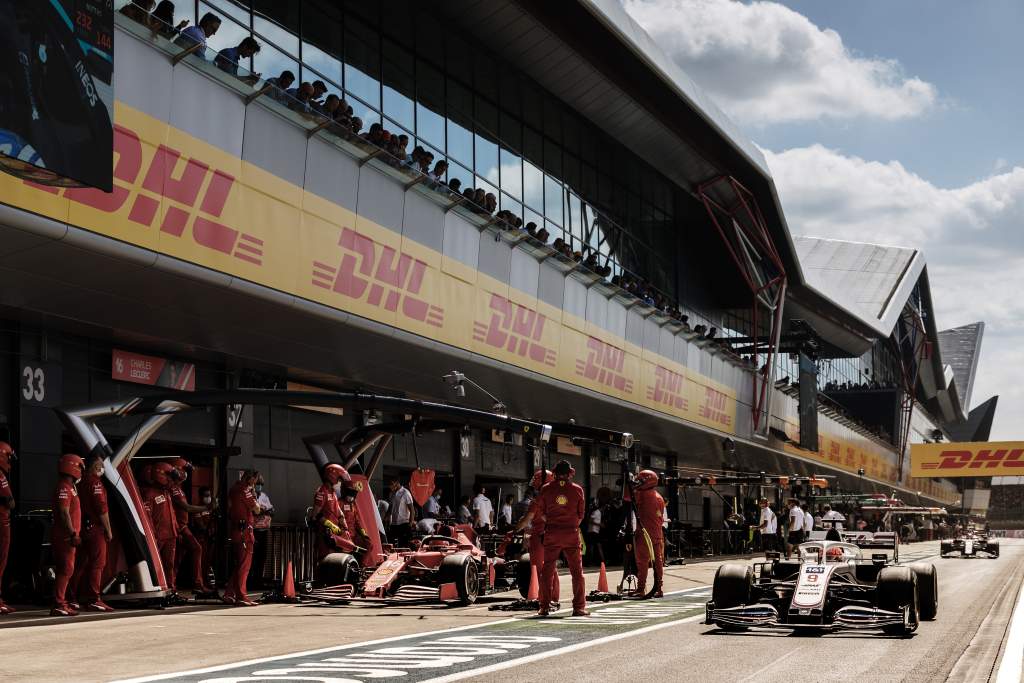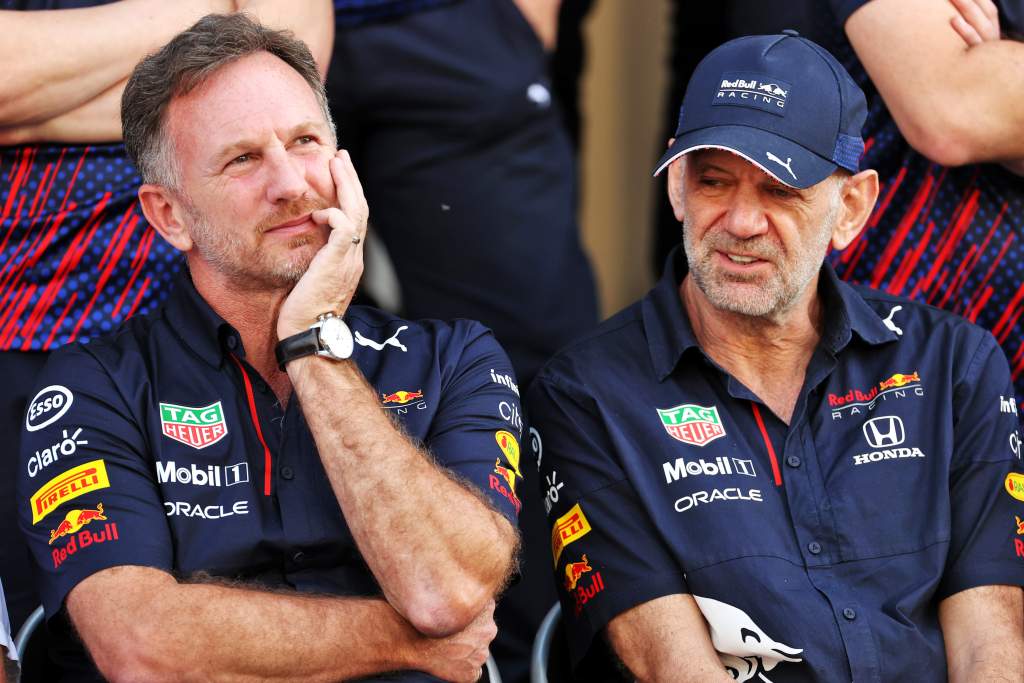Up Next

With the Formula 1 cost cap coming down by another $5million this year from its introductory level in 2021 (ahead of a further $5million reduction next year), we can expect increasing focus upon compliance.
Although the teams collectively agreed to the terms, there is bound to be the usual competitive paranoia within each of the top teams nudging the cap limit of $140million (excluding driver salaries, marketing costs and the salaries of the three best-paid employees) about whether their direct rivals are taking advantage of any loopholes.
The teams’ books are open to the auditors and can be inspected at any time, but even if the books are clean and show adherence to the cost limit, suspicions are bound to arise in these early days.
It’s an interesting one because the culture of F1 has always been to find a way around the wording of regulation to secure a competitive advantage. But that was regarding technical rules. Will financial rules somehow be treated differently? Or will that competitive slipperiness be extended to them in just the same way?
The FIA is making implicit use of the big stick in forcing teams to comply. It has deliberately not specified what penalties would be for any given offence but the auditing has been promised to be fiercely thorough.
Beyond that, the rulemakers are relying on a combination of whistle-blowers and fear of extreme penalties up to and including exclusion from taking part in the championship. That has the potential to put teams out of business and that fear is very much part of what F1 hopes will make teams comply.
What might the grey areas of potential loopholes be? Before he left his position as team principal of Alpine, Marcin Budkowski voiced one possible area concerning secretly collaborating with an associated team for research.

“The benefits you can get from collaboration, whether it’s legal or less so, are massive,” he said. “If there’s a year where these kinds of collaborations can pay off, it’s this year – for 2022.
“I don’t know what’s going on in other people’s factories, and I don’t know what level of scrutiny the FIA is putting on this.
“As an independent team, obviously we don’t come under scrutiny of sharing anything with our competitors because it would be against our own interests.”
He could be referencing Red Bull (through AlphaTauri), Mercedes (through Aston Martin, McLaren or Williams) or Ferrari (through Haas or Alfa Romeo).

More than half the teams on the grid were already spending less than the current cost limit and the implication is that if a bigger associated team is already at the permitted limit, then would it be feasible to direct a research programme through a smaller associated team which has the spending headroom available, with both then reaping the benefits?
We are not, let’s stress, suggesting that this will happen. But these are the lines along which any suspicions from teams may arise in the hotly competitive world of F1 where paranoia finds a natural breeding ground.

Red Bull may feel that Mercedes, Ferrari and Alpine all have the opportunity to direct expensive research through their automotive branches, something which the soft drinks manufacturer cannot do.
It’s easy to imagine plausible deniability in the impetus of a particular technology coming from automotive but turning out to have a relevance to the race programme. Monitoring that is sure to be a natural focus for the enforcers.
It’s not just automotive either. How is it ensured that the brain power being deployed on, say, an Americas Cup programme does not spill over into the F1 programme? A cost cap cannot control what people think about.
Then there are the less obvious, more creative ways clever and cunning people may think up to get around these regulations. Suppose that one of the three high-paid employees (which have no regulation limit upon their salaries) decides to devote a chunk of those earnings into funding an independent company for R&D, perhaps through several shell companies. It wouldn’t appear on the company books but the knowledge gained would be real.
We’re not suggesting for a moment that would happen, but if it can be conjured up from just a few moments of contemplation, for sure there will be those inside wondering if anyone is doing that.
The penalty for any breach will be inline with the seriousness of the offence. In a sport where accident damage can run into millions (Ferrari reported its as €2.5million last season), a serious accident bill could take any team running close to the cost cap over the limit.
Such breaches would probably be dealt with less harshly, with appropriate fines. But it could be possible to game this system, deliberately leaving an unfeasibly small margin for that contingency.
The most effective way for the big teams to respond to the limit on their spending will be to be, as McLaren’s tec director James Key has said, “Smart and to the point, prioritised and lean and kind of aggressive and agile.”
But you can be all of those things – and still see the potential for more. F1 is always about more, after all…






